Knowing which way the musical winds are blowing is an underrated part of success in the industry. Getting caught at the start of your career playing music that comes off as dated or passé can be devastating. The Lovin’ Spoonful avoided that fate and came out of the gate with a firm grip on what kind of music would work. They blasted all the way to the Top 10 with their first single, a song whose inspiration was itself a sign of the musical times.
Videos by American Songwriter
From Folk to Pop
John Sebastian and Val Yanofsky, who became the artistic twin poles of The Lovin’ Spoonful, earned their musical stripes within the folk scene in Greenwich Village in New York City. The time was the early 60s, when folk purists like Peter, Paul And Mary could still forge a path to the pop charts.
But Sebastian and Yanofsky began to think of pulling away from their folk roots on a fateful night in February 1964. While hanging out at the apartment of Cass Elliot, later to become a pop star with The Mamas & The Papas, the two watched The Beatles make history on The Ed Sullivan Show.
Right then and there, Sebastian and Yanofsky thought of forming a pop band. They had briefly played together in a folk-based group known as The Mugwumps, where they were more supporting players. But they harbored the idea for a unit where their original songs would form the main attraction.
A Little Lovin’
They eventually were joined by bassist Steve Boone. Drummer Joe Butler represented the last piece of the puzzle on drums when he came aboard in 1965. The band took the name The Lovin’ Spoonful from a phrase in a blues song. Eventually, they were attracting record labels with their sound, which combined elements of their trad-folk background with modern rock.
At one point, The Lovin’ Spoonful came very close to joining up with Phil Spector, who wanted to sign them to his label and produce them. But they remained wary of ceding control over their artistic control, which Spector likely would have wanted to happen.
They eventually signed with Kama Sutra Records, a relatively new label that released records from many different genres. Earlier in 1965, Sebastian had written a song that felt like it had potential as a single. The band had recorded it as part of a demo that they had shopped to labels before they signed.
“Magic” Hour
The song originated at an early Spoonful show at a club called The Night Owl in Greenwich Village. Sebastian noticed a teenage girl enjoying the music by dancing freely. It was a far cry from the more restrained reaction of some of the fans of folk and jazz in attendance. Sebastian and Yanofsky realized in that moment that music was heading in a direction where the teenagers would dictate taste.
Based on that experience, Sebastian wrote the song “Do You Believe In Magic”. In the song, he muses on the power of music to transform people’s lives, both in the short and long term. That young girl’s reaction during that fateful performance had convinced him of that.
Sebastian played the autoharp in the song’s intro, a nod to his folk background. Aside from that, the style was perfectly suited to the sounds dominating the pop charts. “Do You Believe In Magic” gave the band a No. 9 hit right off the bat.
No American pop/rock band approached the success of The Lovin’ Spoonful in the years 1965 and 1966. They churned out an incredible seven Top 10 songs in that span. “Do You Believe In Magic” got them started, thanks to that free-spirited fan who pointed them in the right musical direction.
Photo by GAB Archive/Redferns

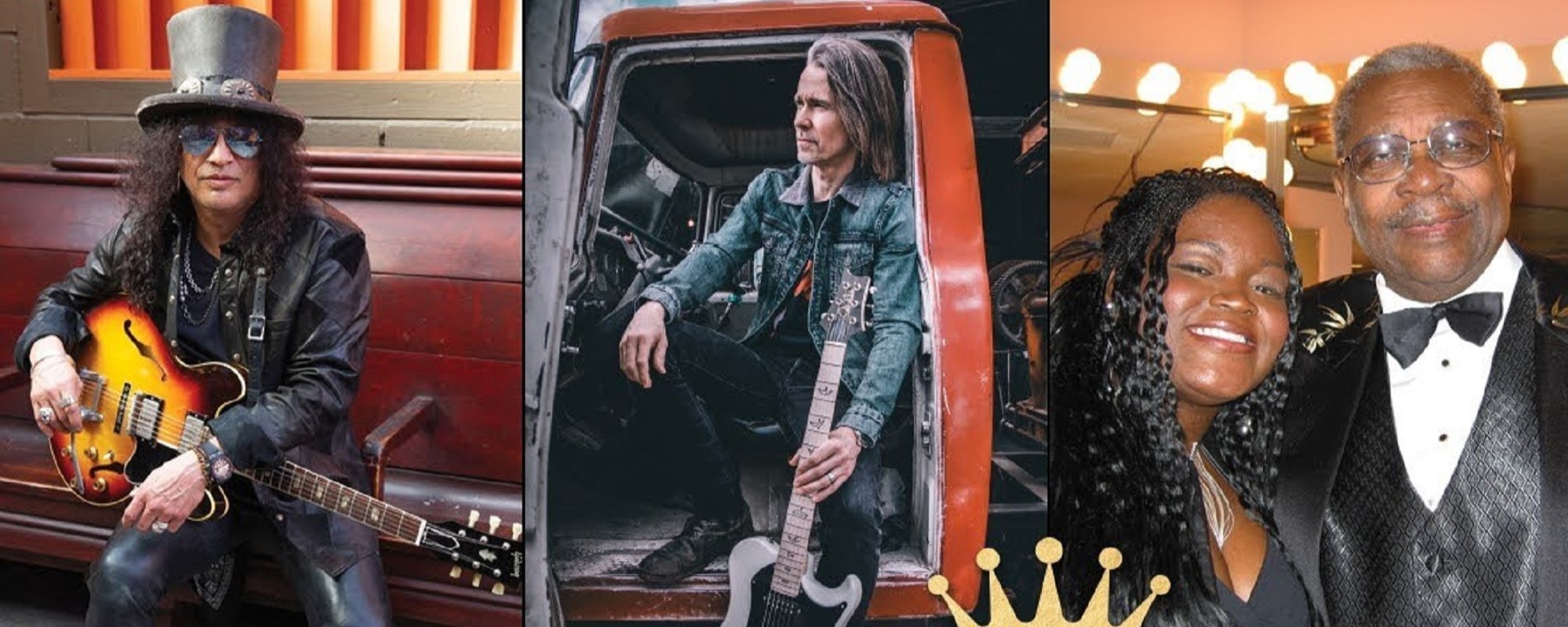


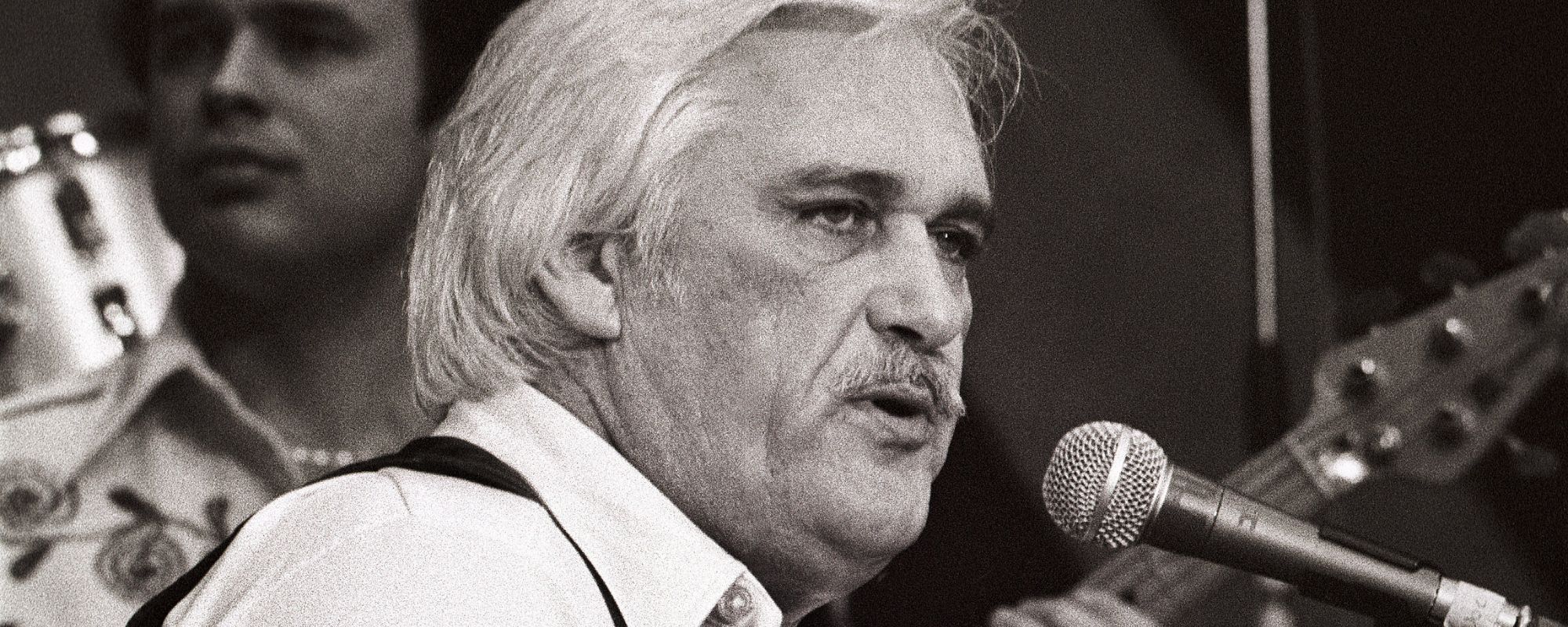


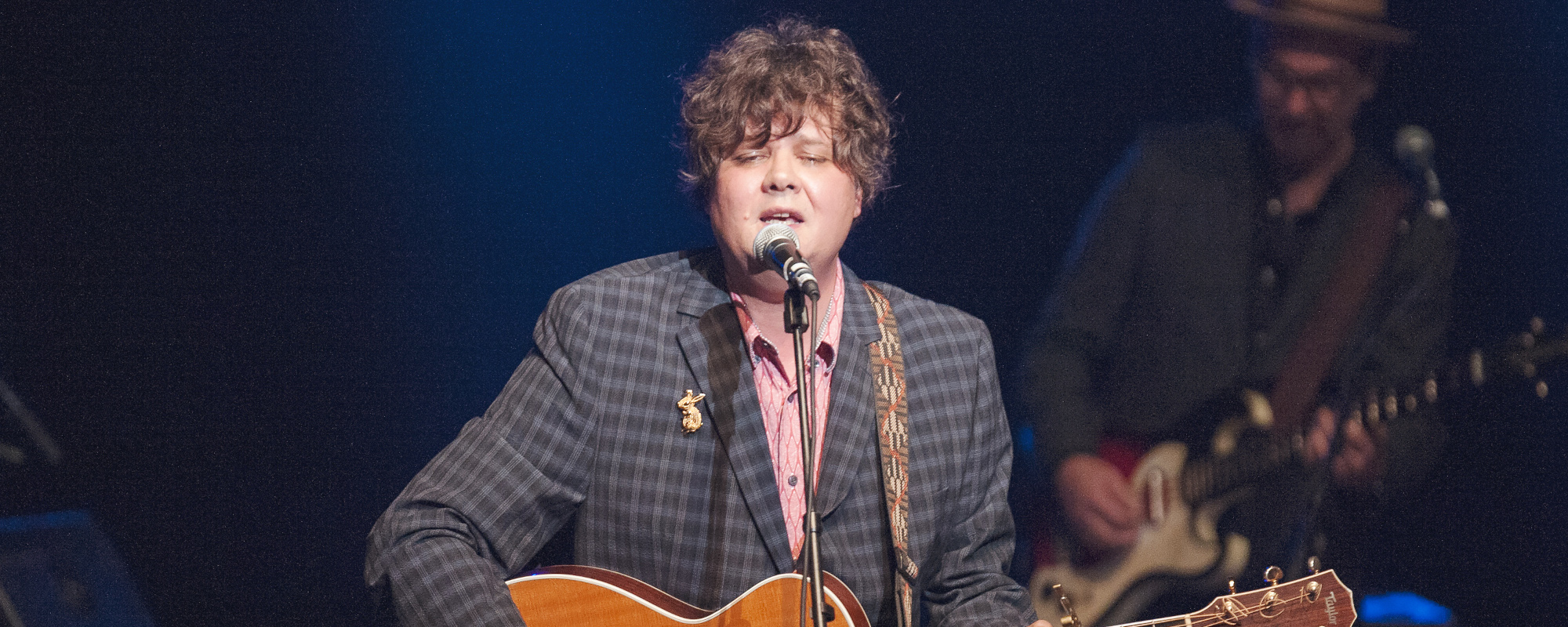
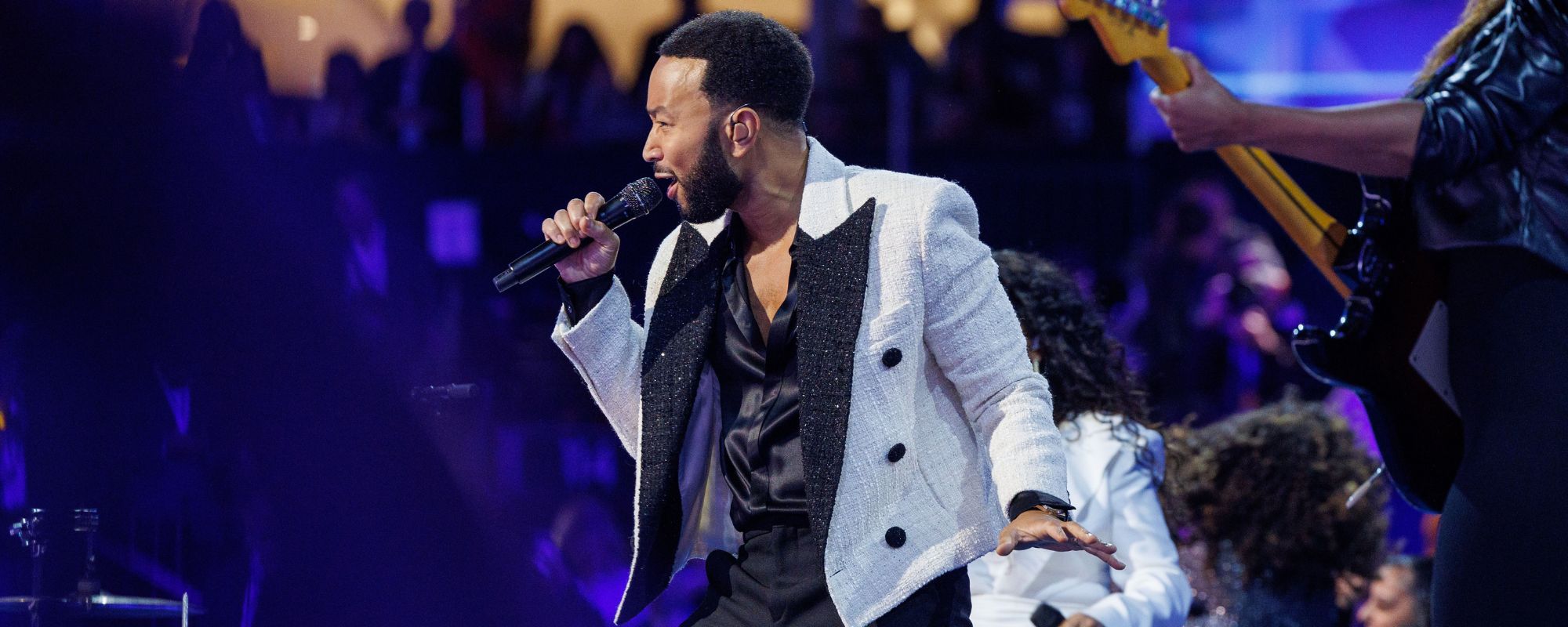

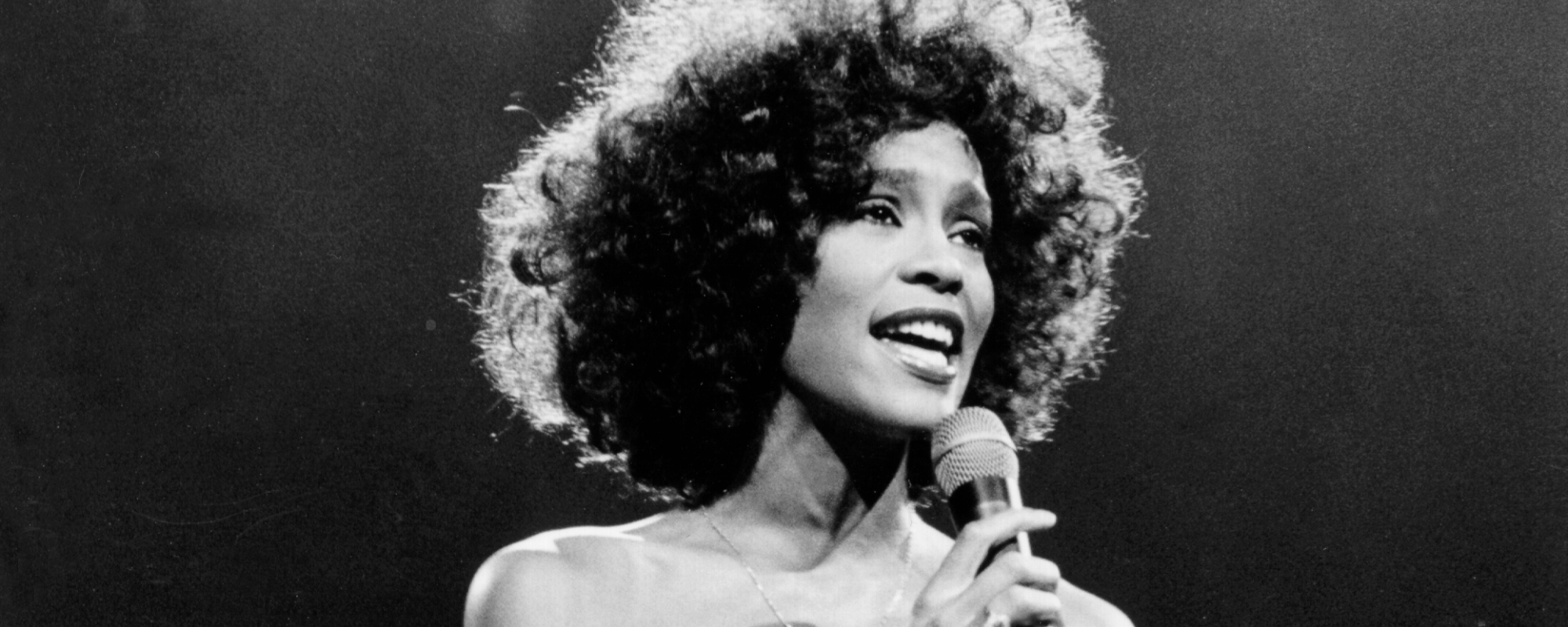
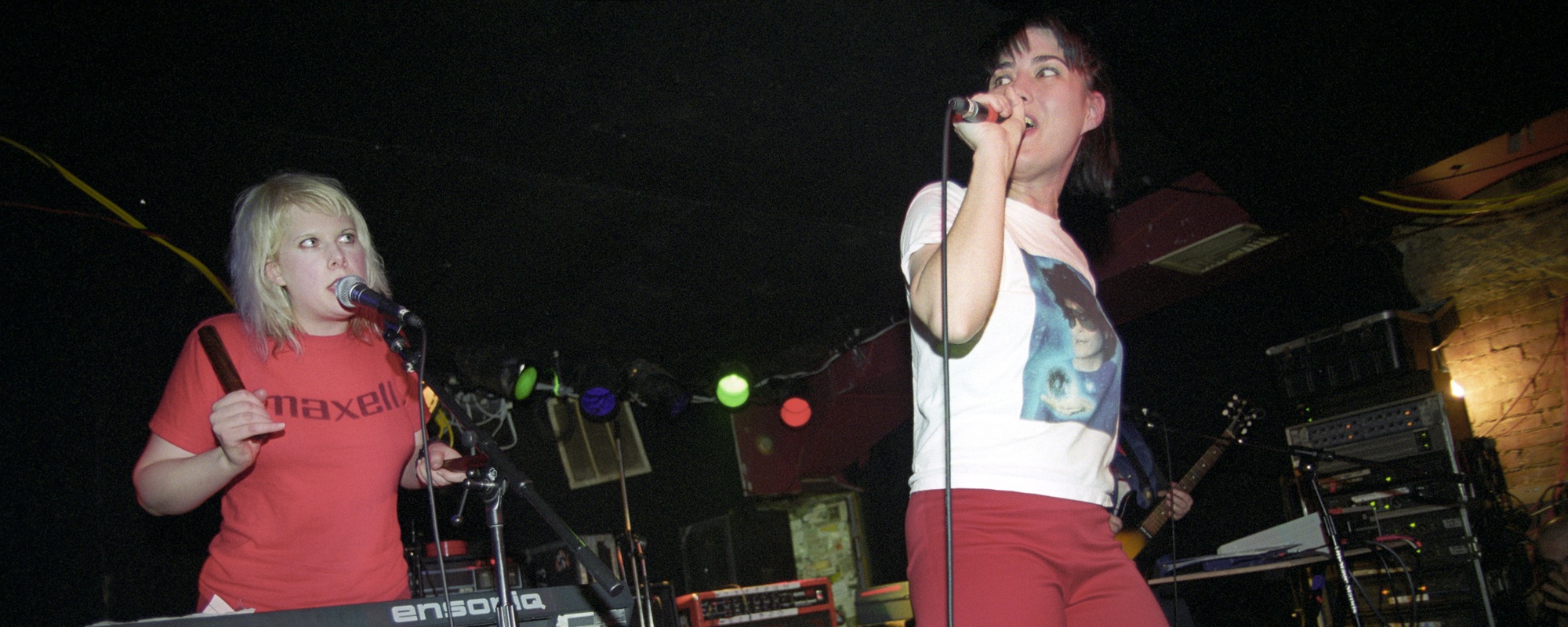
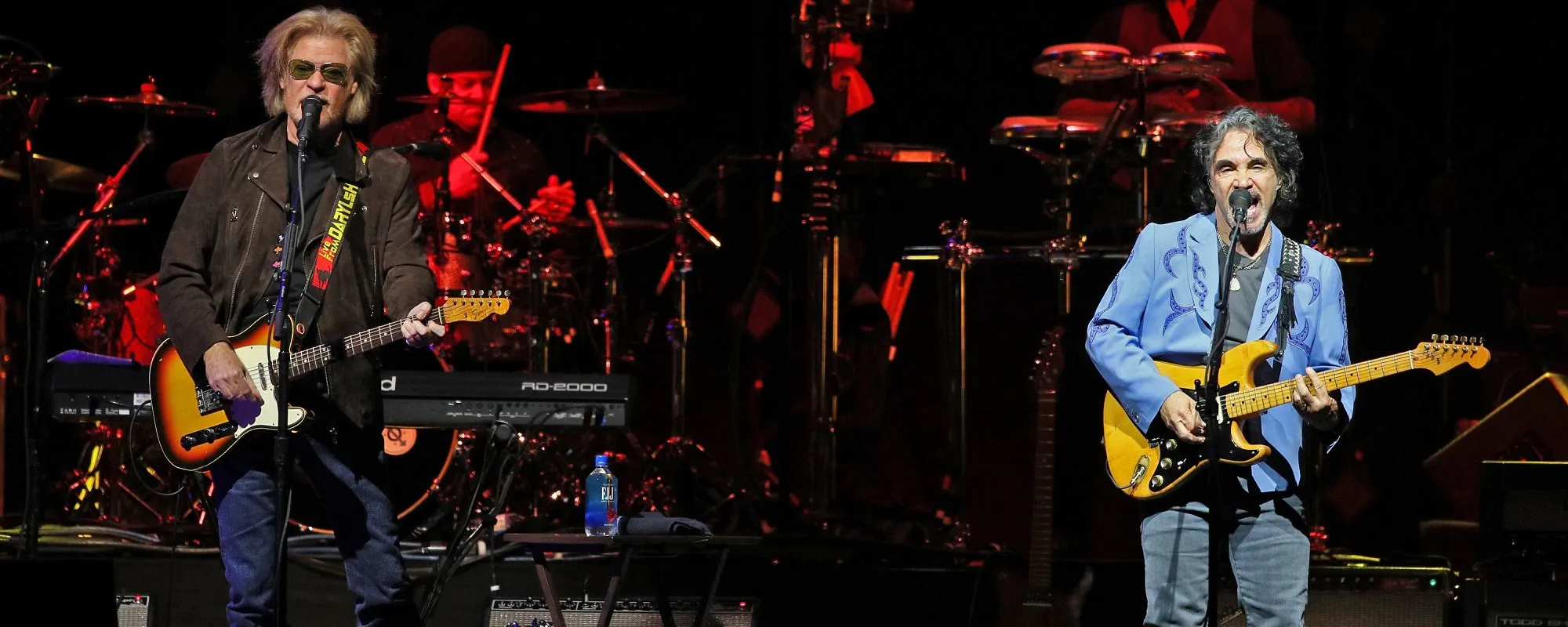
Leave a Reply
Only members can comment. Become a member. Already a member? Log in.